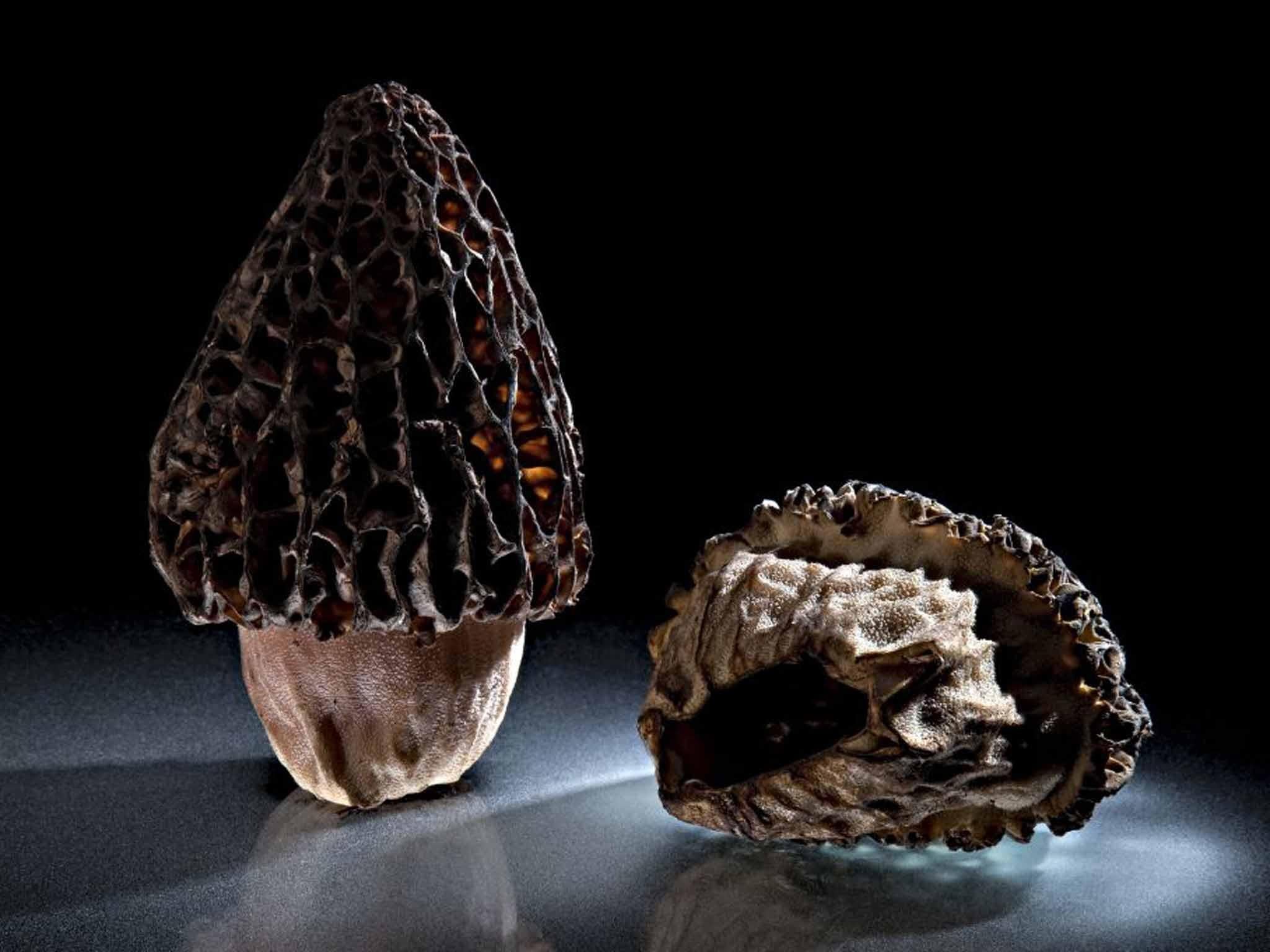The Independent's journalism is supported by our readers. When you purchase through links on our site, we may earn commission.
Make something with mushrooms: Here's what to do with ceps, shiitakes, and even plain old buttons
Whether you pick them yourself or find them on the supermarket shelf, autumn is the prime time for mushrooms

Your support helps us to tell the story
From reproductive rights to climate change to Big Tech, The Independent is on the ground when the story is developing. Whether it's investigating the financials of Elon Musk's pro-Trump PAC or producing our latest documentary, 'The A Word', which shines a light on the American women fighting for reproductive rights, we know how important it is to parse out the facts from the messaging.
At such a critical moment in US history, we need reporters on the ground. Your donation allows us to keep sending journalists to speak to both sides of the story.
The Independent is trusted by Americans across the entire political spectrum. And unlike many other quality news outlets, we choose not to lock Americans out of our reporting and analysis with paywalls. We believe quality journalism should be available to everyone, paid for by those who can afford it.
Your support makes all the difference.They may be fungi rather than fruit, but nothing heralds the season of mellow fruitfulness quite so visibly as mushrooms. While the adventurous are wandering woodlands in search of ceps, girolles, trumpets and chanterelles during October, city-dwellers are stripping supermarket shelves that have never offered a greater variety of cultivated mushrooms.
Cheap as chips, farmed mushrooms are the ultimate comfort food, bathed in butter or cream and slathered on toast, sitting beside the game and beef they so perfectly complement, stirred into eggs or pasta or making an unexpectedly elegant partner for white fish. And wild mushrooms add another dimension, thanks to all the shapes, colours and textures that make a visual as well as taste-tingling treat when mixed into a fricassée or risotto.
But which mushrooms? Not all varieties perform the same way in the pan, and choice can be paralysing now that a plethora of exotics is supplementing more familiar cultivars on the high street. That's without the woodland finds which used to be the exclusive preserve of Europe but are now being gathered here and sold by specialist retailers – and even some branches of Tesco.
The following guide includes some identifiably safe wild varieties with suggestions on how best to use them Those not found on the high street can be picked up from Turnips in London's Borough Market and online company Fine Food Specialist, among others.
James Lowe of Lyle's restaurant in London has been thrilled to gain access to “chicken of the woods”, cauliflower mushrooms, hedgehog mushrooms and other species that he has always associated with the French: “They have a far greater culture of collecting them than we do. But I've been surprised by how many varieties we do have in Britain – I just saw black trumpets, which I had no idea grew here, for the first time!” In fact, northerners will soon be able to find these in branches of Booths alongside pied-de-mouton and two kinds of chanterelles.
Giuseppe Turi of Putney's Enoteca Turi, which fields a fortnight-long mushroomfest, says his team finds copious varieties of fungus in the Sussex forests. In Italy, he adds, mushroom-hunters are protected by the state: “You need a permit, but can take your harvest to a 'mushroom doctor' to have them looked over and pronounced safe.”
Gathering your own requires expert knowledge, which is one reason Marks & Spencer won't touch wild varieties. They are, however, introducing new cultivars which hint at the wild – their Woodland Gold debuts in January – and they have infused a more ordinary mushroom with extra Vitamin D.
“Customers are looking for more variety all the time,” says M&S vegetable buyer Louisa Read, “although white mushrooms represent nearly half our market.” Lisa Shah of Tesco, where usually high-priced wild varieties can be had for a bargain £1.50–£2 a box, feels the popularity of their Finest Forestière, a super-flavourful exclusive cultivar, has encouraged wider experimentation.
Join our commenting forum
Join thought-provoking conversations, follow other Independent readers and see their replies
Comments